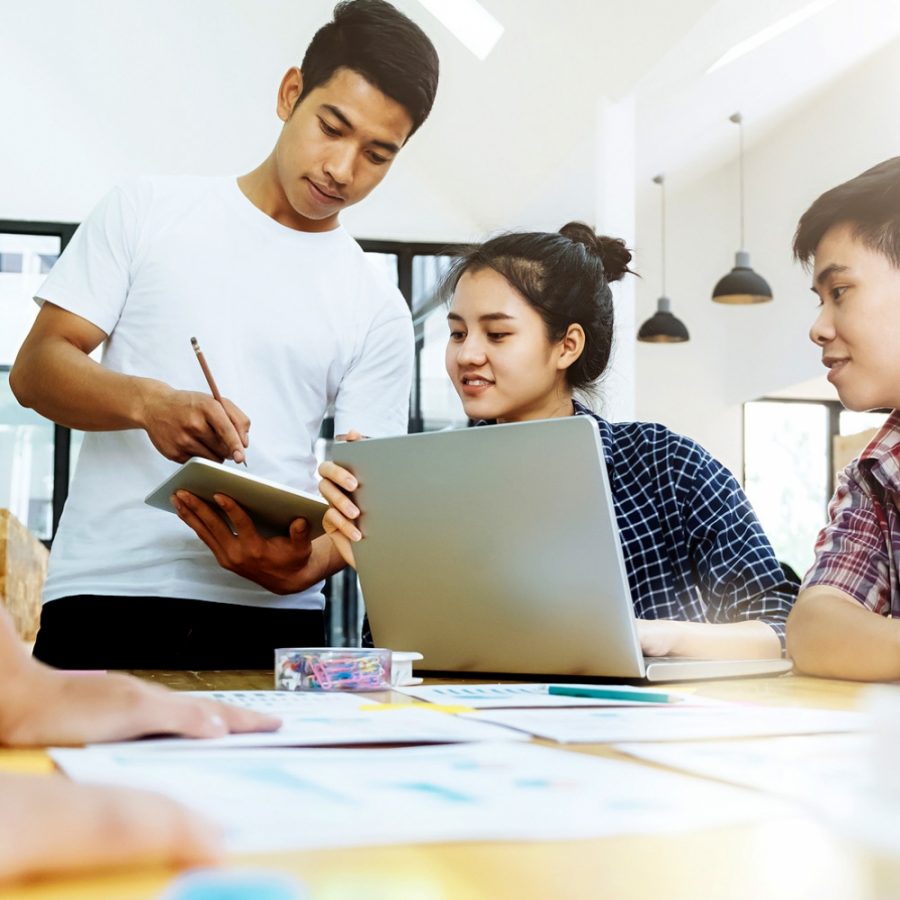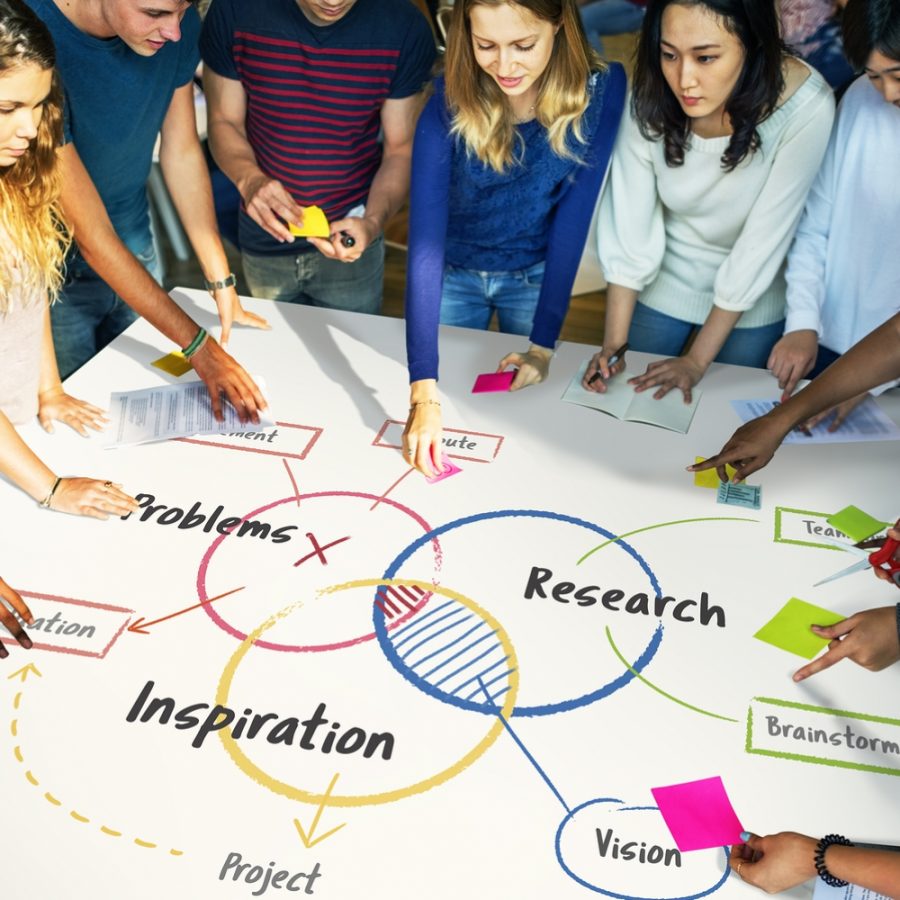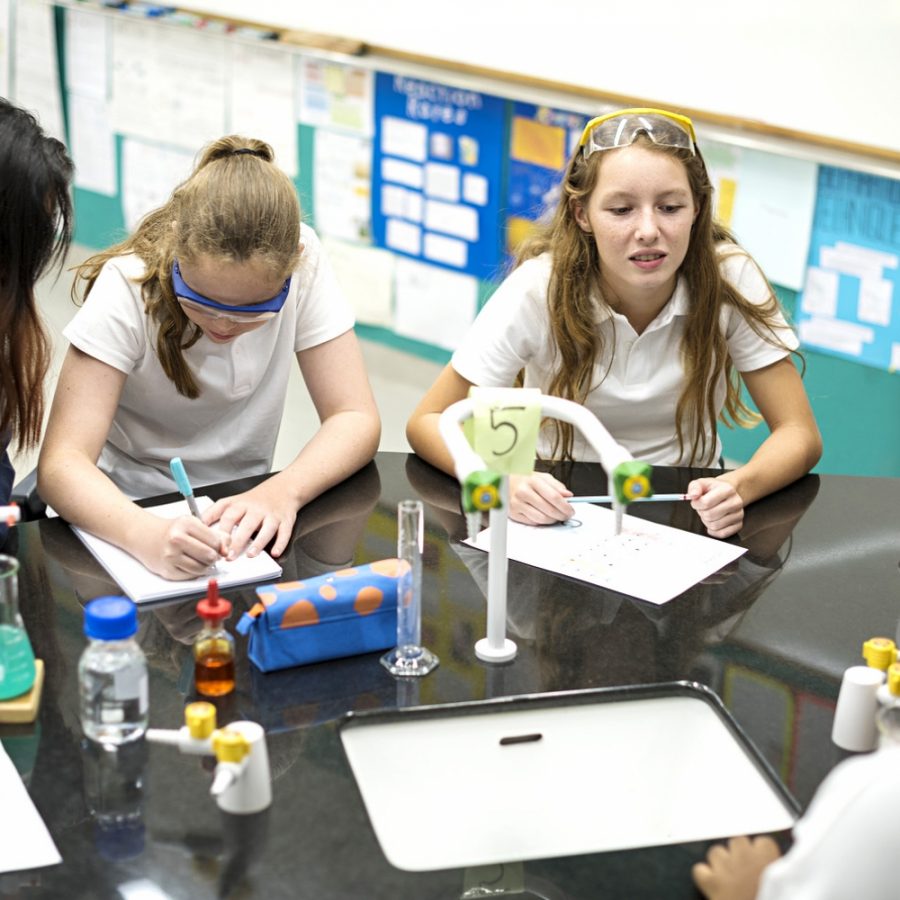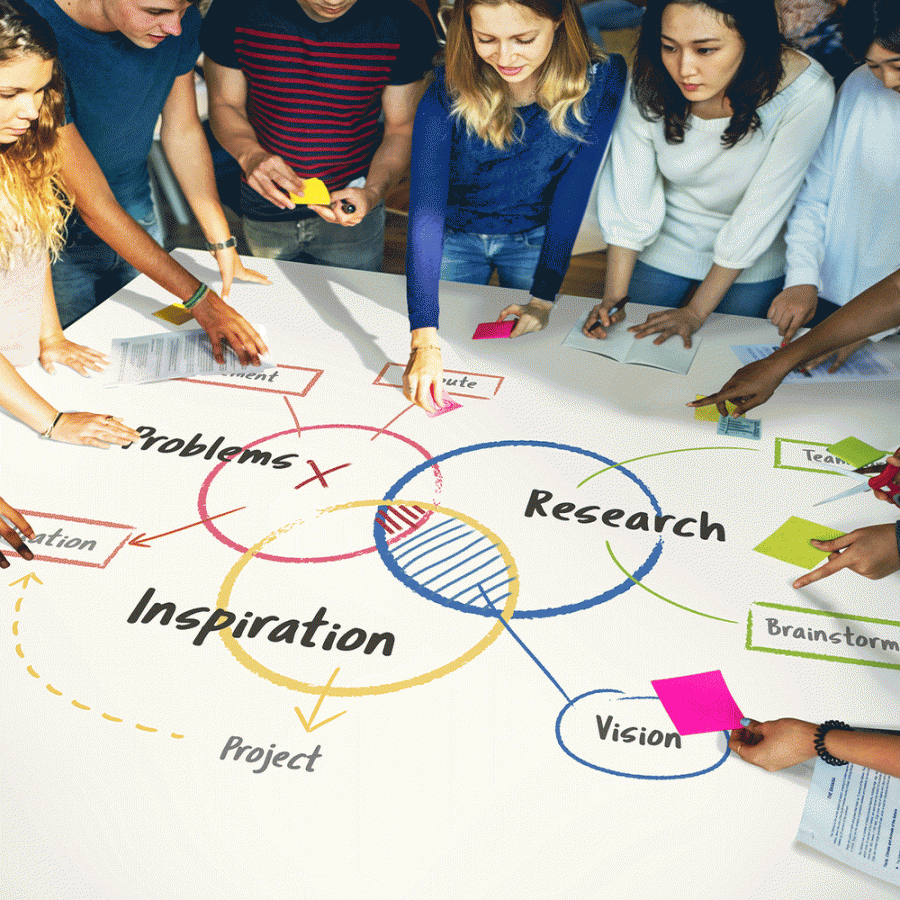LATITUDE GROUP TRAVEL IN CONJUCTION WITH BRAINSTEM
5 DAY REAL-WORLD DESIGN CHALLENGE
Including Design Thinking
WHAT IS DESIGN THINKING ?
Developed by IDEO founder David Kelley, design thinking is defined as “a human-centred approach to innovation that draws from the designer’s toolkit to integrate the needs of people, the possibilities of technology and the requirements for business success.” Design Thinking uses the Stanford d.school and IDEO design methodology in a five step process, open across all industries and all cultures.
It moves away from the concept of ‘design’ as being only aesthetics and style, instead applying it to a broader set of issues and problems in business and society.
Further integration of the design thinking process in classroom learning has the capacity to give students an edge in the future.
WHAT IS THE REAL WORLD DESIGN CHALLENGE?
The Real World Design Challenge is a 5 day program developed by Latitude Group Travel in conjunction with Brainstem.
The design challenge is an open-ended project that encourages students to ask questions, take initiative and think creatively. Students will learn the 5 step Stanford d.school and IDEO design methodology, while using design thinking to find a solution to a real-world problem they have identified in their communities.
Students will also gain the following 21st century skills and capabilities:
- Best practice
- Collaboration/ Teamwork
- Leadership
- Social skills
- Self-management
- Research skills
- Critical thinking
- Creative thinking
- Ideation
THE DESIGN CHALLENGE/STRUCTURE OF THE DAYS
- Before this week begins, students will identify problems that exist in their own communities. Each team will choose one of these problems to work on during the Design Challenge week.
- In teams of 6, students spend 5 days using the 5 key components of the design thinking process to solve a real world problem that requires a real solution.
- The design challenge is hosted at one of three leading Melbourne universities
- The students are mentored by university PhD students and subject matter experts
- In the mornings, the whole group will begin with workshops on each element of the design thinking process alongside any other knowledge or understanding they will need to solve their challenges. These are facilitated by lecturers and professors with specialist design thinking expertise
- Part of the afternoon is dedication to immersing students in different, truly innovative and exciting research labs
- All the workshops, as well as the tours of the extraordinary university labs, are hosted on campus
DESIGN CHALLENGE BACKGROUND
A good design challenge is open ended with no right answer. It sets the stage for student teams to explore characters and problems within a situation. It does not constrain them to one problem to solve nor leave it too broad that they have trouble finding tangible solutions.
The process takes into account the needs of real people then, through intense periods of research, ideation, prototyping and iteration, aims to develop an innovative solution to a problem.
For example, a community may require a solution to sanitation problems, a disability support group may be looking to improve the mobility of its clients, or a developer may want to build a graffiti free public bathroom. The problems in the students’ own communities will be many and varied.
The Real World Design Challenge uses the Stanford d.school as well as IDEO design methodology. The students will be taken through the five key components of the design thinking process:
- EMPATHISING: Understanding the human needs involved.
- DEFINING: Re-framing and defining the problem in human-centric ways.
- IDEATING: Creating many ideas in ideation sessions.
- PROTOTYPING: Adopting a hands-on approach by making small models of the solution/s they have
- TESTING: .Testing the prototype to see if it needs any “fixes” or improvements
At the end of the design challenge, all the student teams will be invited to present their solutions to a judging commitee, where they will compete to become the Real-World Design Challenge Winning Team.
All attending students will receive a Design Challenge Certificate of Completion.
The students are invited to record a video journal through the program.
UNIVERSITY EXPERIENCE SESSIONS AVAILABLE
Students will visit some of the following sites/departments in the universities. There will be 5 visits – one on each afternoon of the program.
- Factory of the Future
- Racing Car Lab
- The Innovation Precinct
- Astrophysics and Super Computing:
- 3D Astro Tour
- Aviation Simulation Laboratory
- Institute for Frontier Materials
- Institute for Intelligent Systems
- Research and Innovation
- Motion Lab – Centre for Creative Arts Research
- Centre for Cyber Security Research
- Nanostructured Interfaces and Materials Science Group
PLEASE NOTE that the Real World Design Challenge Program is currently only available in Melbourne, however we encourage students from interstate or international schools to join us for this extraordinary experience. We have a package designed specifically for these student groups, which includes accommodation and meals. Ask us how
If you have a large cohort of students interested in undertaking this program and your school is interstate, please contact us as we may be able to work with a university local to you. Ask us how








